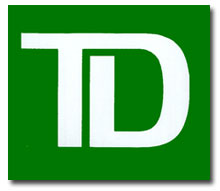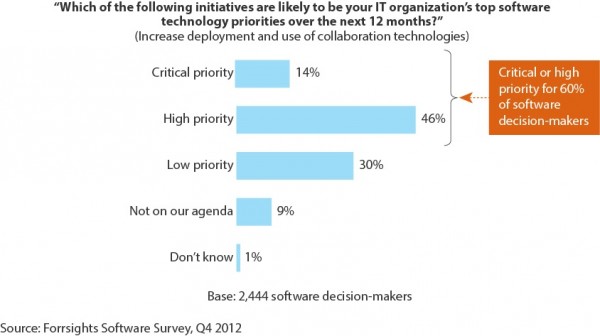There’s been a lot of buzz on Twitter this week around IBM Connect. The Perficient IBMers and Portals, Web Content and Social team are in attendance at IBM Connect and actively blogging about some of the sessions highlights at the show. One of the biggest stories out of the financial services and banking industry there has been the TD Ameritrade and IBM presentation on how they became a social business despite industry regulations and compliance issues. TD Ameritrade used IBM Connections as their social business platform. Read the full post here. 
We saw several examples of social enterprise technology in the banking and financial services industry from State Street implementing NewsGator and Suncorp Bank deploying Yammer in 2013. We knew social business platforms were getting a lot of attention in the technology world, but I think the financial services industry has lagged with adoption as many organizations fear the perceived risks and challenges to get beyond compliance.
Why Become a Social Business?
In a report from July 2013, Forrester reported that 60% of IT decision-makers consider collaboration a high or critical priority. I’m sure many Banking CIOs have it on their radar and are building use cases for the benefits of implementing a platform to: provide a more integrated and networked workforce, focus on customer value, and competitive advantage through social business.
Where To Start with Social Business?
With the recent final guidelines issued by the FFIEC on risk management and the use of social media for financial institutions managing expectations and associated risks is important and there’s a lot to consider. So where do you start?
Most larger banks already have social media policies in place, but as social media use becomes pervasive in financial services not only to communicate with customers, but internally to collaborate with other lines of business, organizations need to be prepared to manage these processes and workflows through the use of technology.
- Assess the capabilities and impact of social business and collaboration with a business strategy with systems of engagement.
- Bring Risk and Compliance groups to the table and leverage monitoring tools for compliance.
- Alight social business technology with core banking activities.
- Maximize value with integrated tools across functions (i.e. marketing and social, document collaboration, compliance).
- Educate the workforce and adopt social business as a company-wide initiative for maximum business impact.
To learn more about best practices for becoming a social business in financial services, read the full post about TD Ameritrade from our expert Mark Polly in our Portals, Content and Social practice.


